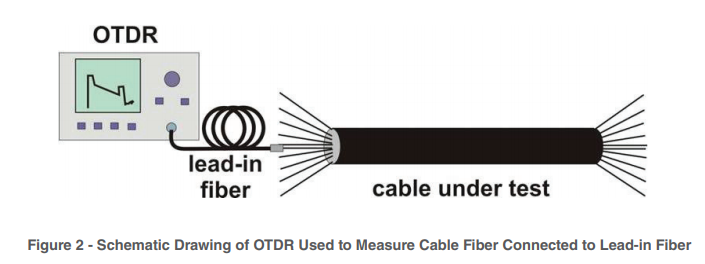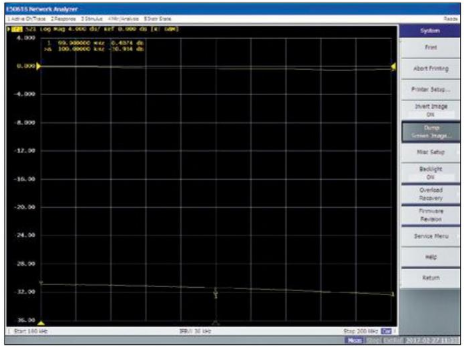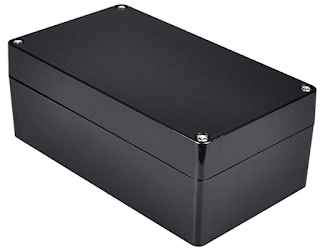The phone that will change photography. Galaxy S20, S20+, and S20 Ultra. With revolutionary 8K Video Snap changing how you capture not just video, but photography.Add in Samsung Knox security, an intelligent battery, powerful processor, and massive storage — and the Galaxy S20 series unveils a whole new world for mobile.
Camera
Compare the resolution between Samsung Galaxy S20 and S20 plus and Samsung Galaxy S20 Ultra :
S20,S20+
And at the Front there is 40 MP Selfie Camera. Galaxy S20 Ultra gives you millions more pixels in each photograph. Which means for the first time ever you can pinch in for details you'd never have seen before.
Before Zoom
After Zoom 100X with Samsung Galaxy S20 Ultra 108 MP Camera.
Wide Angle Camera Lens 108 MP with Zoom 100X
Samsung Galaxy Ultra S20 ultra have more pixel resolution compare to Samsung S20 & S20+ Starts with 10x Hybrid Optic Zoom enabled by a revolutionary folded lens and high resolution image sensor.
Couple that with Super Resolution Zoom enhanced by camera AI to get close up to the action and capture moments you might have missed.
40MP Selfie Camera
With 40MP Front Camera for better selfie photograph. Galaxy S20 Ultra's 40 megapixel front camera gives you pro-grade tech so selfies come out detailed — and shifts to 10MP with larger pixels for crisp low light selfies.
Sensors
With almost tripled the sensor size so you can shoot more of the night
In low light, the pro-grade camera system captures multiple photos at once, merging them into one stunning shot with less blur and noise. With larger image sensors and AI, switching to Night mode means you can shoot nighttime scenes clearer
Video 8K
Video Snap changes how you capture photos and video. Now the highest-resolution video on a smartphone. A revolutionized the resolution for mobile video—taking it from 4K all the way to 8K. That's 4 times bigger than UHD and 16 times bigger than FHD. That's right, moving images that keep their super-sharp resolution even at the size of a cinema screen.
You can even pull 33MP stills right out of 8K video. It's a whole new way to capture still photography every time you hit record. 8K video turns every frame into a crisp still that you can pinch in on for once-in-a-lifetime shots.
Single Take
A whole new way to take one shot and turn it into multiple formats. Single Take is essentially burst mode turned beast mode. With revolutionary AI, it lets you shoot for up to 10 seconds and get back a variety of formats — meaning you can choose the best style for the moment without having to reshoot.
Super Steady
Sophisticated AI stabilizes video like an action cam.The larger image sensor and anti-rolling stabilizer counter camera movement so your footage won't turn out blurry and unstable, but super smooth.
Easy Editing
An editing suite right on your phone. Make edits to multiple videos and photos, insert transitions or subtitles, change the speed, or merge photos and 4K videos together to make a highlight reel.
Instantly Share
Sharing your videos and photos easier than ever. See which of your contacts is nearby so you can select and share with up to 5 friends at the same time. No pairing needed
NIGHT HYPERLAPSE
Brilliant timelapse captures look better than ever. Capture the night in a totally unique way. Advanced low light technology gives you the ability to shoot video with long exposure-style captures so your video features striking light trails.
PRO MODE
Craft your photos and videos like the masters. Control the way you capture with the options at your fingertips in Pro mode. Just like on a DSLR, you can manually adjust settings like ISO, shutter speed, and exposure level to your heart’s content.
Type

Samsung Galaxy S20 Ultra Come in two models, Cosmic Gray and Cosmic Black
Camera
Compare the resolution between Samsung Galaxy S20 and S20 plus and Samsung Galaxy S20 Ultra :
S20,S20+
- 12 MP Ultra Wide Camera
- 12 MP Wide Angle Camera, and
- 64 MP Telephoto Camera with DepthVision
- Front : 10 MP for Selfie
- 3X Hybrid Optical Zoom
- Bright Night
- 8k Video @24fps
- 12 MP Ultra Wide Camera,
- 108 MP Wide Angle Camera, and
- 48 MP Telephoto Camera with DepthVision camera, is a Time of Flight (ToF) camera that can judge depth and distance to take your photography to new levels.
- Front : 40MP for Selfie
- 10X Hybrid Optical Zoom
- Ultra Bright Night
- 8K Video @24 fps
And at the Front there is 40 MP Selfie Camera. Galaxy S20 Ultra gives you millions more pixels in each photograph. Which means for the first time ever you can pinch in for details you'd never have seen before.
100X Zoom
Wide Angle Camera lens 108 MP
Zoom 100X
Far beyond the 12 megapixel category, Galaxy S20 Ultra gives you millions more pixels in each photograph. Which means for the first time ever you can pinch in for details you'd never have seen before.
High Resolution Camera with 108 MP
Galaxy S20 Ultra
10X Hybrid Optic Zoom
Up To 100X Super Resolution Zoom with 108 MP
Couple that with Super Resolution Zoom enhanced by camera AI to get close up to the action and capture moments you might have missed.
40MP Selfie Camera
With 40MP Front Camera for better selfie photograph. Galaxy S20 Ultra's 40 megapixel front camera gives you pro-grade tech so selfies come out detailed — and shifts to 10MP with larger pixels for crisp low light selfies.
Sensors
Video 8K
Single Take
A whole new way to take one shot and turn it into multiple formats. Single Take is essentially burst mode turned beast mode. With revolutionary AI, it lets you shoot for up to 10 seconds and get back a variety of formats — meaning you can choose the best style for the moment without having to reshoot.
Super Steady
Easy Editing
An editing suite right on your phone. Make edits to multiple videos and photos, insert transitions or subtitles, change the speed, or merge photos and 4K videos together to make a highlight reel.
Instantly Share
Sharing your videos and photos easier than ever. See which of your contacts is nearby so you can select and share with up to 5 friends at the same time. No pairing needed
NIGHT HYPERLAPSE
Brilliant timelapse captures look better than ever. Capture the night in a totally unique way. Advanced low light technology gives you the ability to shoot video with long exposure-style captures so your video features striking light trails.
PRO MODE
Craft your photos and videos like the masters. Control the way you capture with the options at your fingertips in Pro mode. Just like on a DSLR, you can manually adjust settings like ISO, shutter speed, and exposure level to your heart’s content.
Type

Samsung Galaxy S20 Ultra Come in two models, Cosmic Gray and Cosmic Black

































